This elegant portrait of Lady Catherine Perceval nee Southwell (Norfolk 1637 - Dublin 1679) portrays her standing half-length in classical costume, placed in a capriccio landscape with a fountain. It was a popular pose that Lely used throughout the 1660’s, and one which would have been chosen from a selection by the sitter, and represents a conventional gendered celebration of marriage. The motif of the elaborate sculpted fountain and scallop-edged bowl may make an appropriate allusion to Catherine’s potential as wife and mother, recalling Proverbs, chapter 5, verse 18: “Let thye fountain be blessed, and rejoice in the wife of thye youth”. Mary, Countess of Orrery (1648-1710), a friend of Lady Perceval, chose her portrait to be painted by Lely using the same pattern (two of which are in existence). Our portrait, likely painted with the assistance of the artist’s studio, with its sense of scale and rich colour, its exquisite draperies, dramatic lighting, and romantic landscape, is typical of the artist. It is no surprise that for years Lely had no serious rivals, was enormously influential and successful, and one of the country’s most important painters.
Lady Perceval was born on 1 September 1637 in Kinsale, Cork. Her father, Sir Robert Southwell (1607-1677) of Kinsale was 30 and her mother Helena Gore (1610-1679) was 37. The Southwell family traces its routes to John Southwell of Felix Hall, Essex, who was a Member of Parliament in 1450. The Southwell family later purchased the late Tudor mansion of Kings Weston, Gloucestershire in 1679. A number of family portraits still exist there, including a portrait of our sitter, who is wearing mourning attire.
Lady Perceval married Sir John Perceval, 1st Baronet of Kanturk (1629-1665) on 14th February 1655 in Dublin. The ancient Anglo-Normandy Percevals were immensely wealthy Irish and English landowners; Sir John Perceval (1629-1665) was a member of Parliament for the County of Cork. Before 1641 the Perceval estates in Ireland alone exceeded 99,000 acres or more than 150 square miles but after the Great Rebellion a large amount of estates were ruined. However, Sir John regained most of them and in 1661, after the restoration of the monarchy, he was created Baronet Perceval of Kanturk and was sworn in as a member of the Privy Councillor to King Charles II. The Perceval’s were great patrons of the arts and it is likely that our portrait was painted during this signifcant year for Sir John. An inventory taken in 1665 by Sir Philip (1656-1680) 2nd Baronet, states that there were “2 half pieces of my mother” at Burton.
This branch of the Perceval family traces its lineage to David Perceval, Lord of Tykenham, Rolleston, Sydenham, Moreland, Weley, and Wolmerton in Somerset, in the 16th century. His grandson was Sir Richard Percivale (1550–1620), agent of William Cecil, 1st Baron Burghley. Sir Richard deciphered, translated, and transcribed coded letters that gave Queen Elizabeth I the first certain intelligence of the Spanish Armada (much of Europe was suspicious of the Spanish and because the English received a tip off). An English ship was ordered to chase a Spanish vessel containing letters and plans of the Armada. This vessel, realising it was in distress through its packets overboard and of which these were recovered by the English. The importance of the discovery was such that the Queen immediately awarded Perceval a pension of 800 marks per annum, and shortly after a further 400 pounds per annum, and furthermore she said that she would take him herself under her ‘peculiar care’. He was made Master of the Court of Wards, and Secretary of that Court – an office worth £2000 per annum. On the death of his father he inherited several family estates in Somerset which raised £1700 per annum income plus a considerable sum of money. ln 1616 he sold a great part of his ancient patrimony, and invested in purchases and mortgages in County Cork, thus laying the foundation of the great prosperity and property of his family there.
Sir John Perceval suffered from gout and dropsy and when traveling to England in 1665 he was in such a bad state he found the journey by road was so injurious that had to travell by barge proclaiming “for I was so bad that no coach or wain could have been endured". By July 1665 he was unable to use his hands for writing. He remained in England until the autumn, when, fearing his illness might prove fatal, he hurried back to Ireland to see his wife, who was also in poor health, and died in Dublin on 1 November 1665 (less than one year before London’s Great Fire). He was buried at St Audoen Church, Dublin alongside his ancestors. Catherine and her daughters then lived with her father, Robert Southwell, at Kinsale, and the three sons, Philip, Robert, and John, were sent to school and the Universities in England and were put under the guardianship of Lady Perceval’s father, Sir Robert Southwell. Amongst the Perceval family estates was the castle at Lifcarrol and Burton Manor in County Cork (rebuilt in 1670 but destroyed during the Irish rebellion of 1690, and again rebuilt around 1792).
The sitter’s children were Sir Philip (Kinsale 1656-1680) who succeeded to 2nd Baronet, Robert (1657-London 1677) who was murdered in London by a rapier wound, Sir John (Egmont 1660-1686) who succeeded to 3rd Baronet, Charles (London 1661- Kinsale 1662), Catherine (born Dublin 1662-after 1693), and Helena (born Kinsale 1665). The sitter’s grandson, Sir Edward (1682-1691) became 4th Baronet, and having died nine years of age, his brother Sir John Perceval (1683- London 1748) became 5th Baronet (and Baron of Burton, County Cork, in 1715; Viscount Perceval of Kanturk in 1722; and 1st Earl of Egmont in 1733).
Upon the marriage of our sitter to John Perceval, although her fortune was no more than three thousand pounds, she brought with her accomplishments and virtues more valuable than any fortune. This most gracious woman outlived her husband by fourteen years in a prolonged course of sickness and grief. Remarkable for both the beauties of body and mind and also her tenderness towards her husband during his ill health and her care and veneration of him during his sickness. And still, whilst caring for her children, she showed boundless compassion to all that were in distress. When her oldest child Phillip was nineteen years of age it was thought best that he should travel to France and Italy on a Grand Tour. There, he took lessons in geography, law and languages, and learnt dancing and fencing. His greatest inclination was, however, towards music, and he spent much time in practising on the flute, guitar, flageolet and virginals. Despite both her father and her son Robert’s death in 1677 and despite her worsening illness, Catherine made her will and set out less than a week later, at the beginning of Sept 1677 on the long, arduous, and dangerous journey to France to see her son. She was forced three times to turn back due to poor weather but she persisted and landed finally on the 5th October. She stayed in France for about a year and a half, and whilst returning to England end of March 1679 her coach overturned twice but she escaped with only a known on her head and a black eye. When her mother died, Catherine was overstricken with grief, and died one month later (17th August 1679) only 42 years of age. Philip her son, died the following year, allegedly by poisoning. Catherine was buried at Saint Multose Churchyard, Kinsale, County Cork, Ireland in the same church as many of her ancestors including her mother and father. She lies buried under a very noble monument with the following inscription:
“This Lady having passed her youth in all the excercises of virtue and good instruction, and being remarkable for the beauties both of body and mind, she became the more worth of that excellent man that was her husband; and was not only endeared to him, by bringing a numerous offspring, who did partake of his Virtues, but by the charms of her conversation during his health, and her care and veneration of him during his sickness. She augmented her loss, when he could no longer be a witness of it; for, after his death she lived but as his Monument, and paid unto his memory and residue of her Life in Tears; his Children advantage did thenceforth become her worldly care, unless it seemed that she had equal Regard of others, by her Boundless Compasion to all that were in Distress. The great improvements of her Mind, were vayled over with Meekness and Humility: The Observance she paid her parents, and her Devotions to God, were unwearied, and of Example unto all. So that having lived eighteen Years a virgin, ten Years a Wife, and Fourteen Years a Widow, and Manifesting in every condition of life and virtues that were most pleasing unto Heaven and Earth, who can forbid the Remembrance of those Divine words, (Proverbs the thirty first, and the twenty ninth). Many daughters have done virtousily, but though excellest them all. Sir John Percevel, Baronet, Heir to his brother Sir Phillip Perceval (who died at Burton the eleventh of September, 1680) hath to the Memory of so pious a Mother, caused this Monument to be erected, in the Year of Redemption, 1628.”
There is an interesting account of Sir John Perceval, 3rd Baronet, and his poor eyesight that gave him much trouble. Various remedies were recommended by his mother, the sitter in our portrait, such as the cutting of his hair and wearing a periwig, or consuming “pounded woodlice in beer first thing in the morning”. Another was “powder of pimpernel in any drink, three times a week”, or “daisy root or two, half a dozen leaves of 'oculos cristi' or more, woodbine leaves, and about twelve loops or woodlice, put them all into a closed mouth jug or bottle with a dozen stoned raisons of the sun and then fill into it some good beer or ale which is not bitter, of which you may drink a small draught night and morning”.
The prolific engraver, portrait, and miniature painter John Faber (c.1695-1756) produced a large number of head and shoulder length mezzotints of the Perceval and Southwell family from portraits in 1743. Our portrait appears to be the original from which the mezzotint of our sitter was created.
Provenance:
By descent from the sitter through the Perceval family to Frederick Joseph Trevelyan Perceval, 10th Earl of Egmont (1872-1932), at Avon Castle, Hampshire (sold to Huggins);
By whom sold, London, Christies, 12th December 1930, lot 110 (as Lely);
Private collection, Yeaton Peverey Hall
Avon Castle has elements remaining from its initial design of c.1650 although the present building was constructed in 1872.
Yeaton Peverey Hall is an important Grade II listed house built for the famous architect Sir Aston Webb, who remodelled the principal facade of Buckingham Palace, the main building of the Victoria & Albert Museum, and the Admiralty Arch in London.
Held in an exquisite gilded antique frame.
Peter Lely, the son of a Dutch military officer, was born in Germany at Soest in Westphalia in 1618. He studied in Haarlem before moving to London in 1641, and in 1647 he became a freeman of the Painter-Stainers’ Company. Initially, Lely painted landscapes, religious, and mythological scenes, however, he quickly recognised the strength of the English market for portraiture and this is where he turned his attention. He was employed by the Duke of Northumberland, who had the royal children in his care, and he was able to study the Northumberland Collection of works by Van Dyke and Dobson. By the end of the Commonwealth he had became the best known portraitist in England. In 1661 he was appointed Principle Painter to the King and from then on he maintained a busy and successful practise painting the most elite and influential members of the court and of everyone of importance. His studio was prolific and employed many assistants, as was the common studio method. His success thus meant that he established the basic English portrait style for decades.
Lely was a connoisseur and was known for his own fine art collection. By the end of his life he had assembled one the finest non-princely collections in Europe including more than 25 of Van Dyke’s major English works. of Old Masters, including Veronese, Titian, Claude Lorrain and Rubens, and a fabulous collection of drawings, was broken up and sold after his death, raising the immense sum of £26,000. Some items in it which had been acquired by Lely from the Commonwealth dispersal of Charles I's art collections, such as the Lely Venus, were re-acquired by the Royal Collection.
Measurements:
Height 149cm, Width 125cm, Depth 11cm framed (Height 58.5”, Width 49.25”, Depth 4.25” framed)



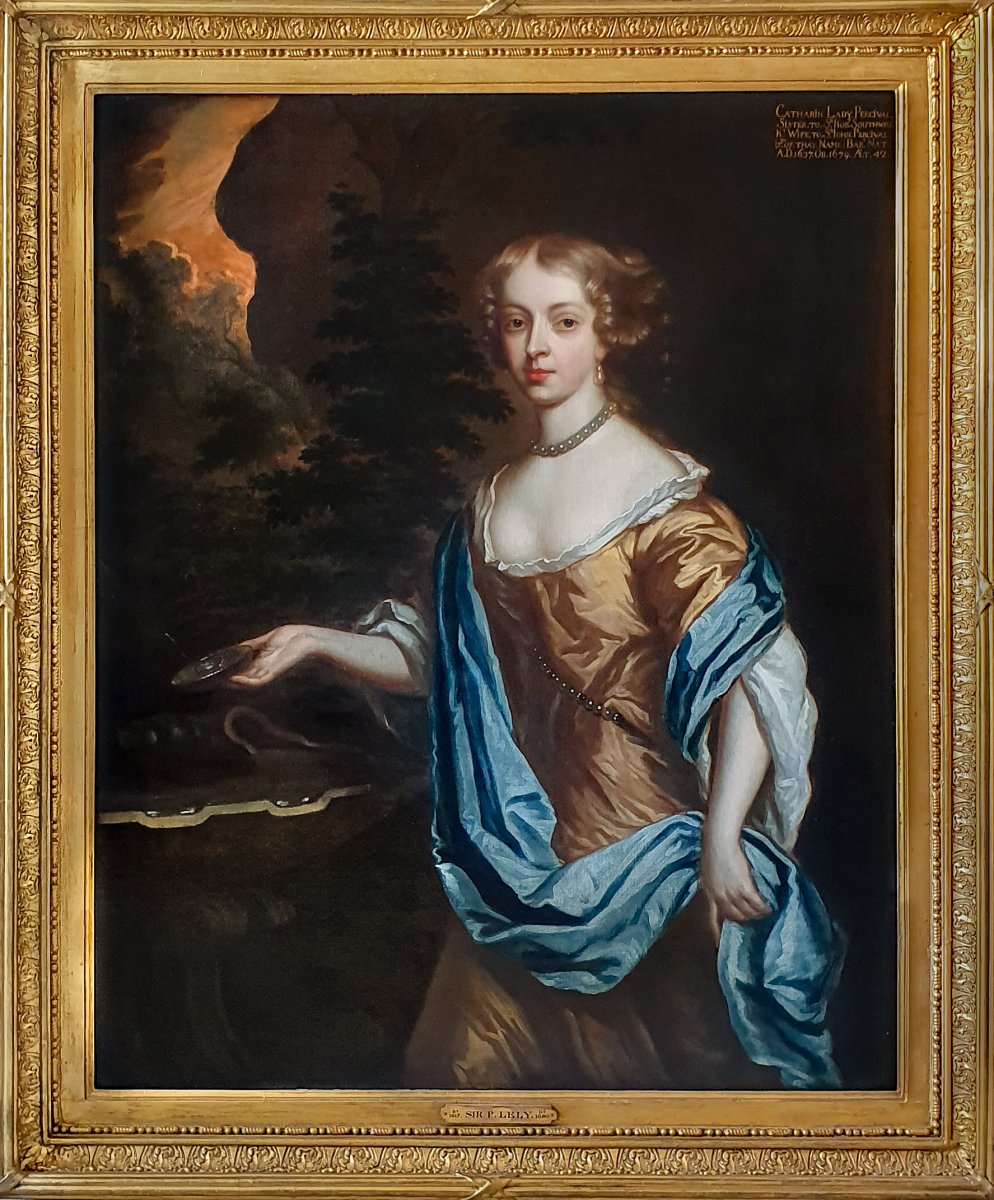
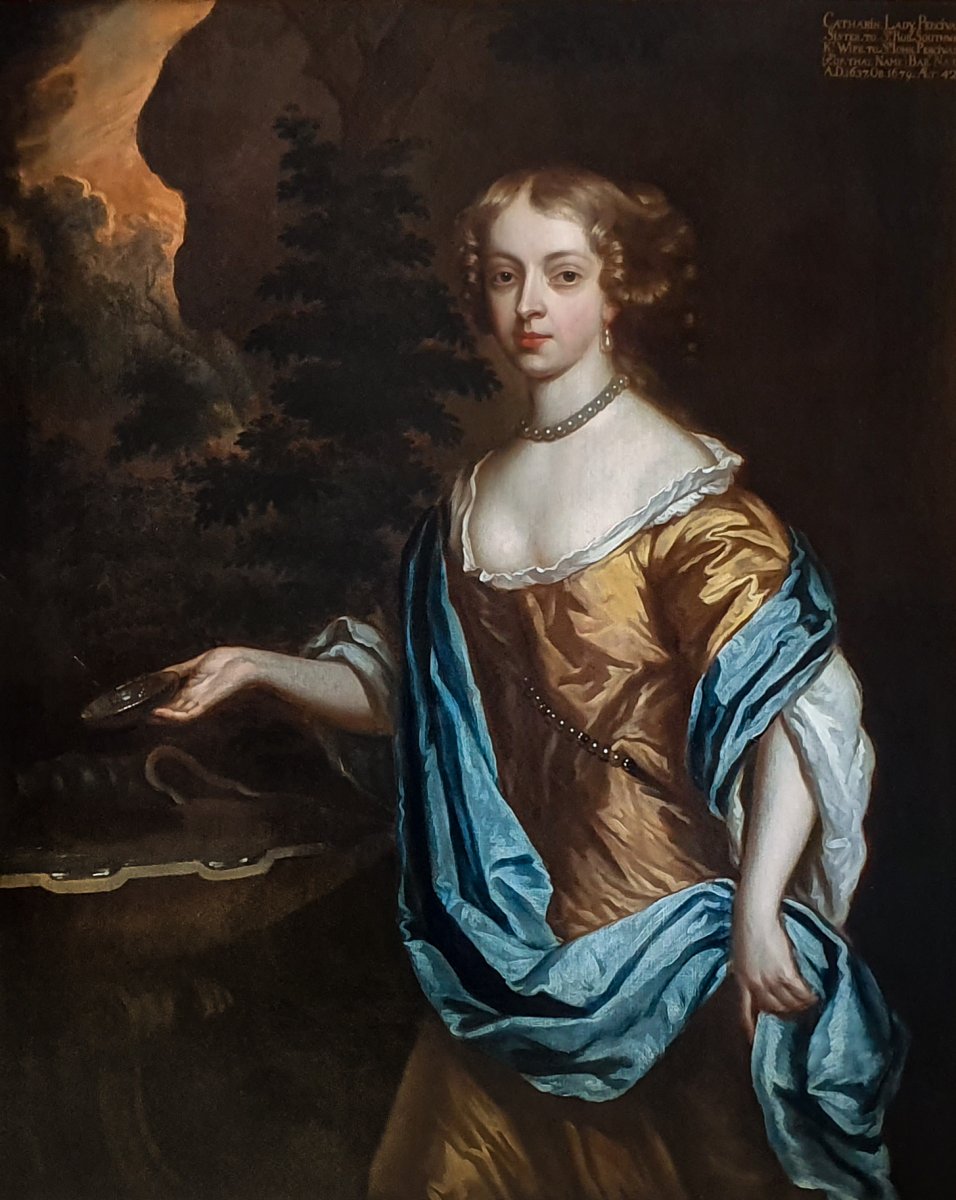
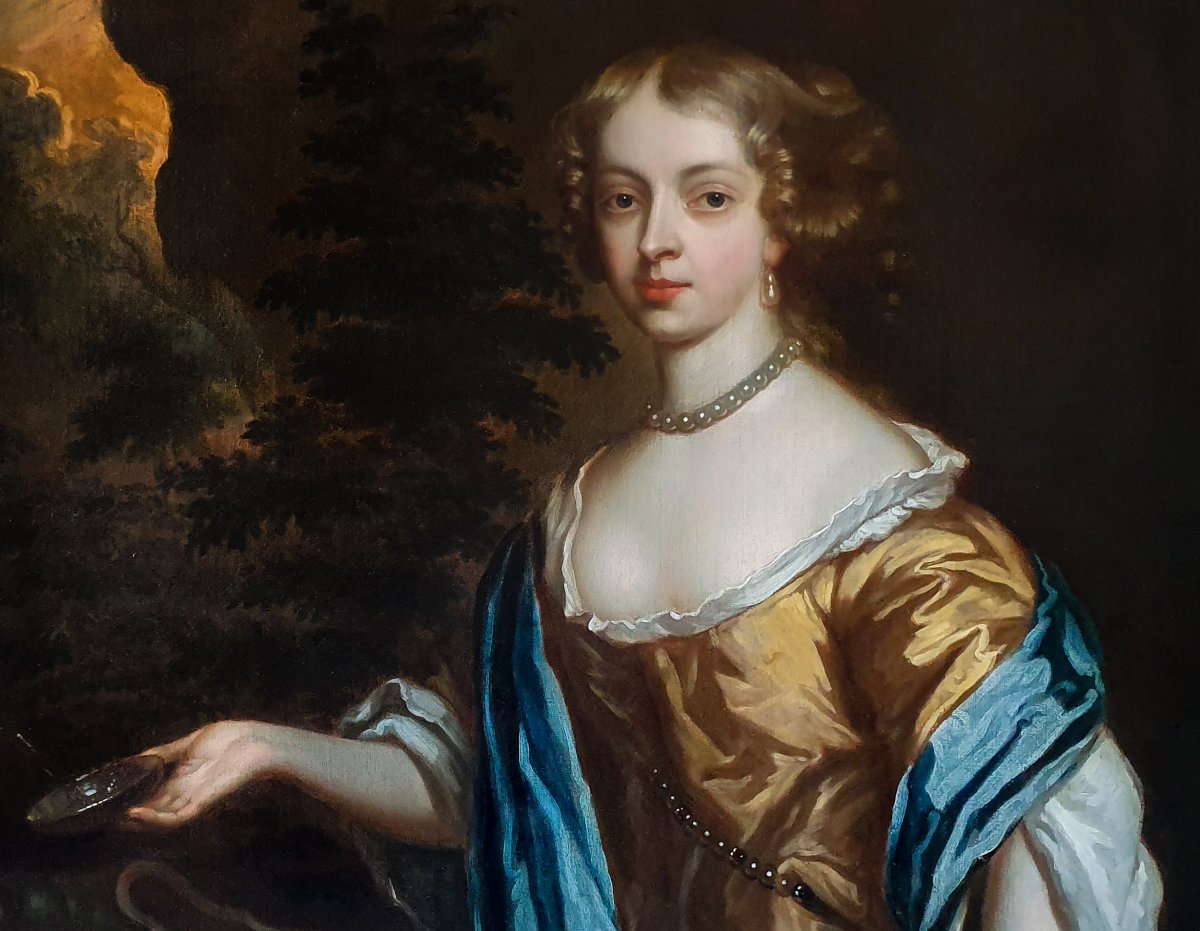

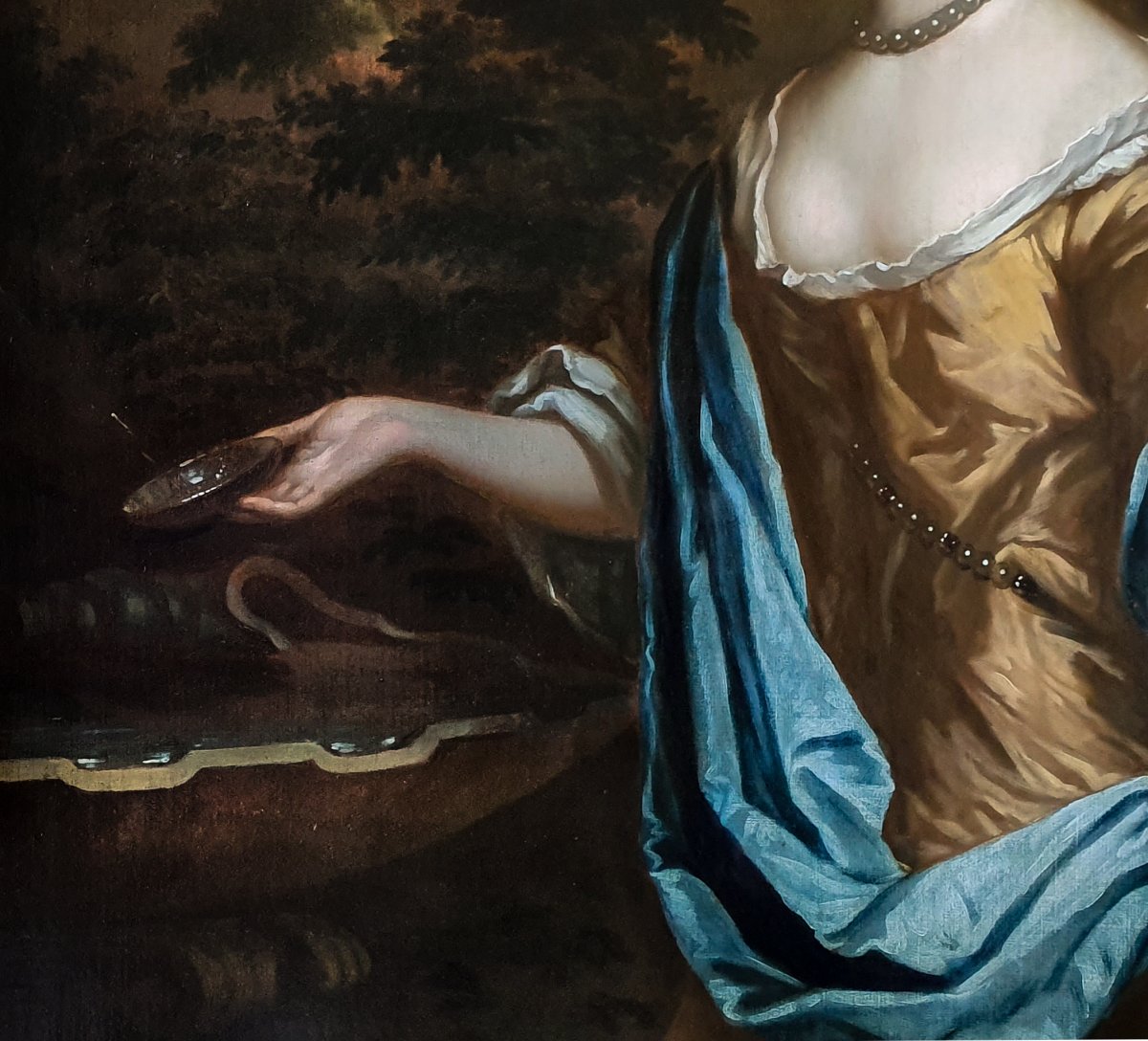
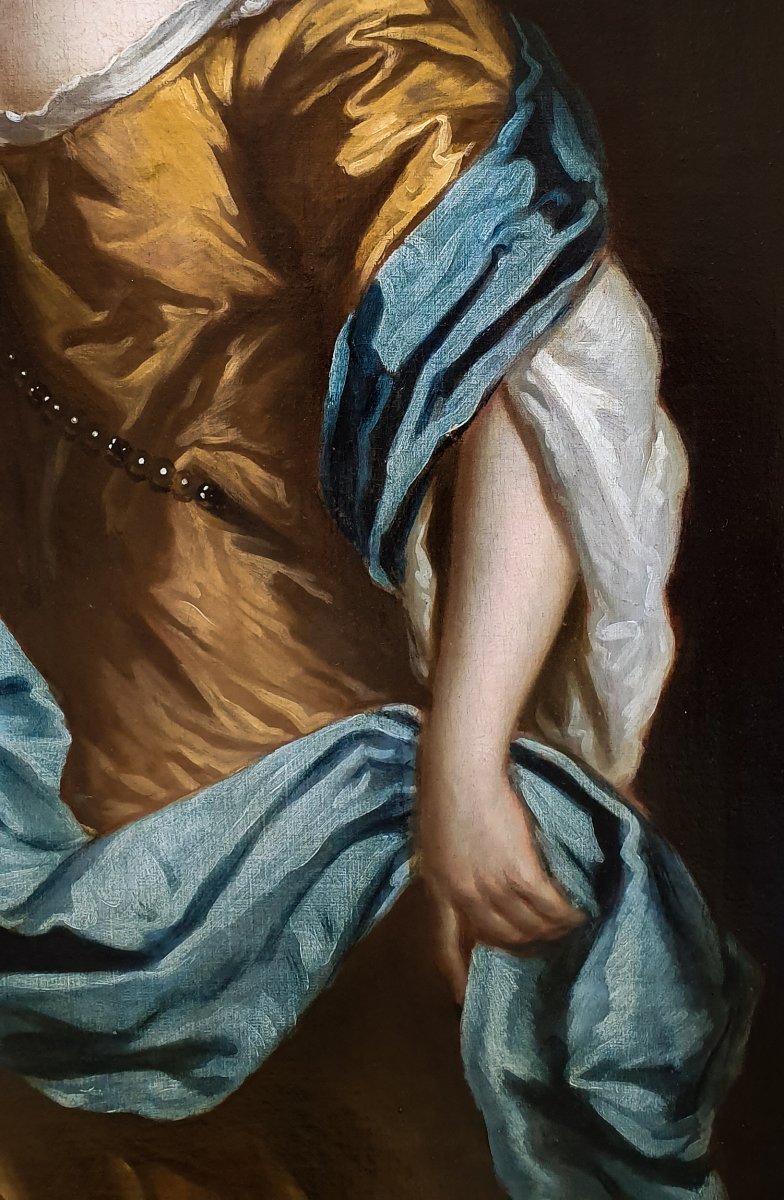
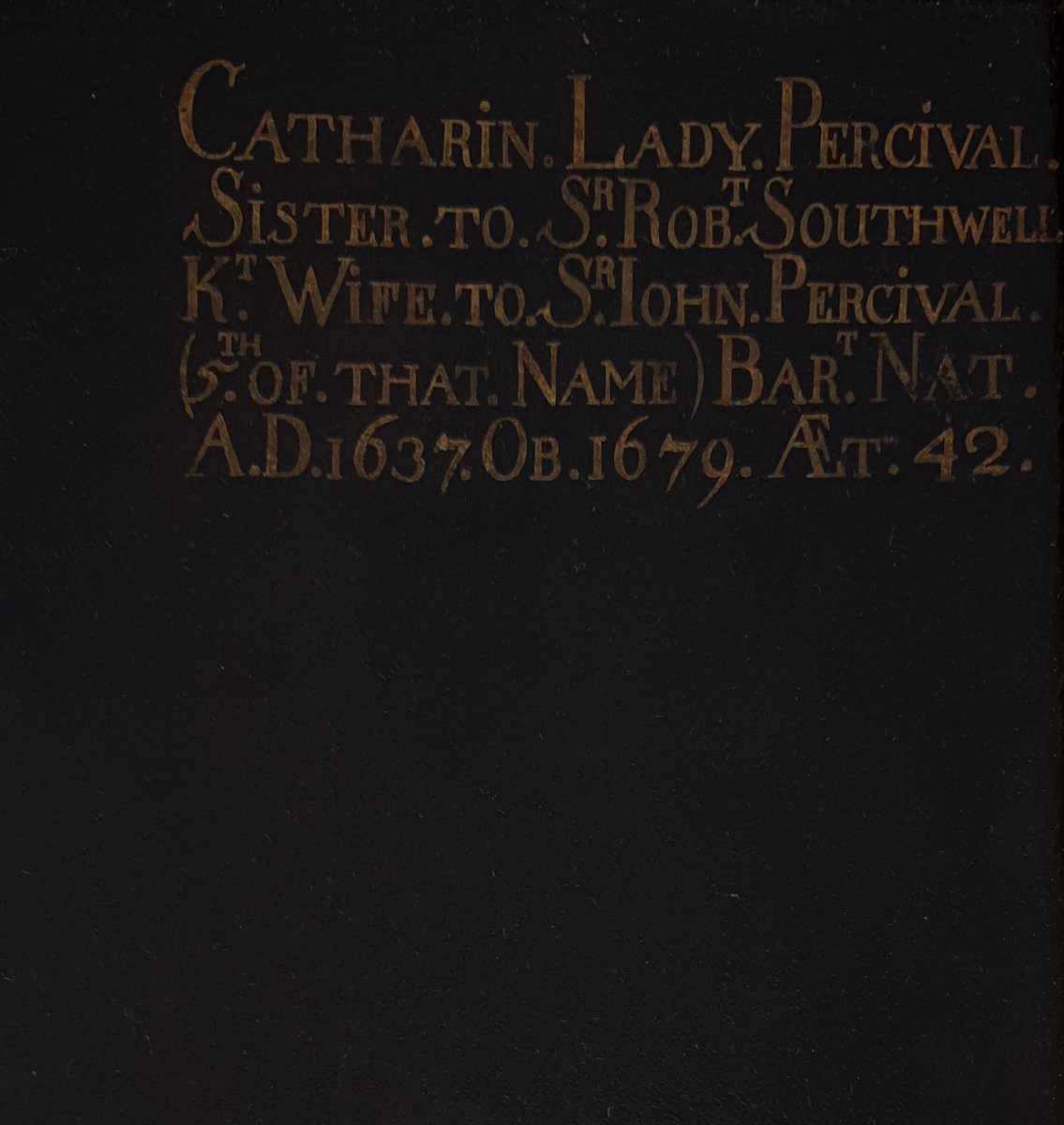
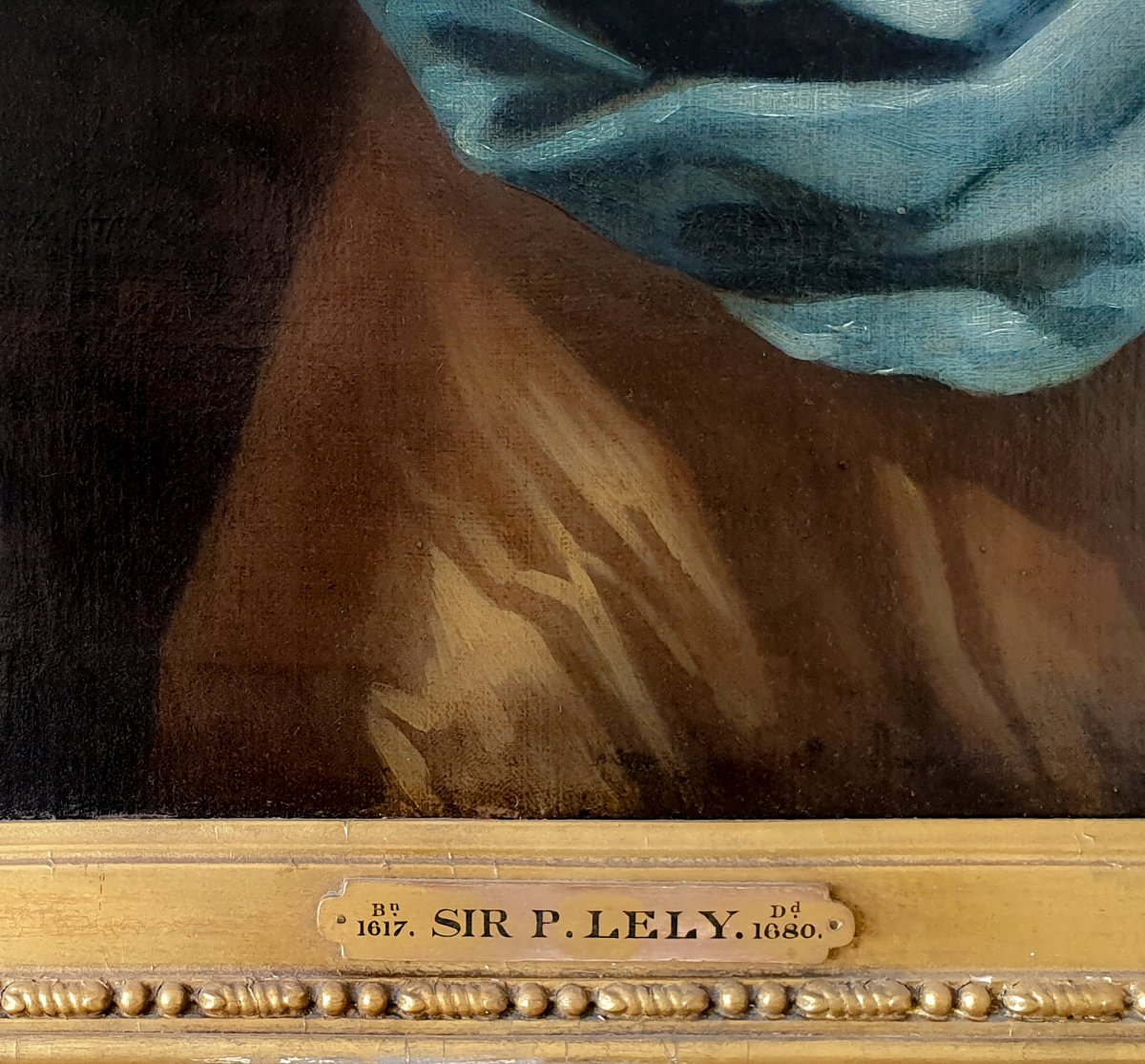
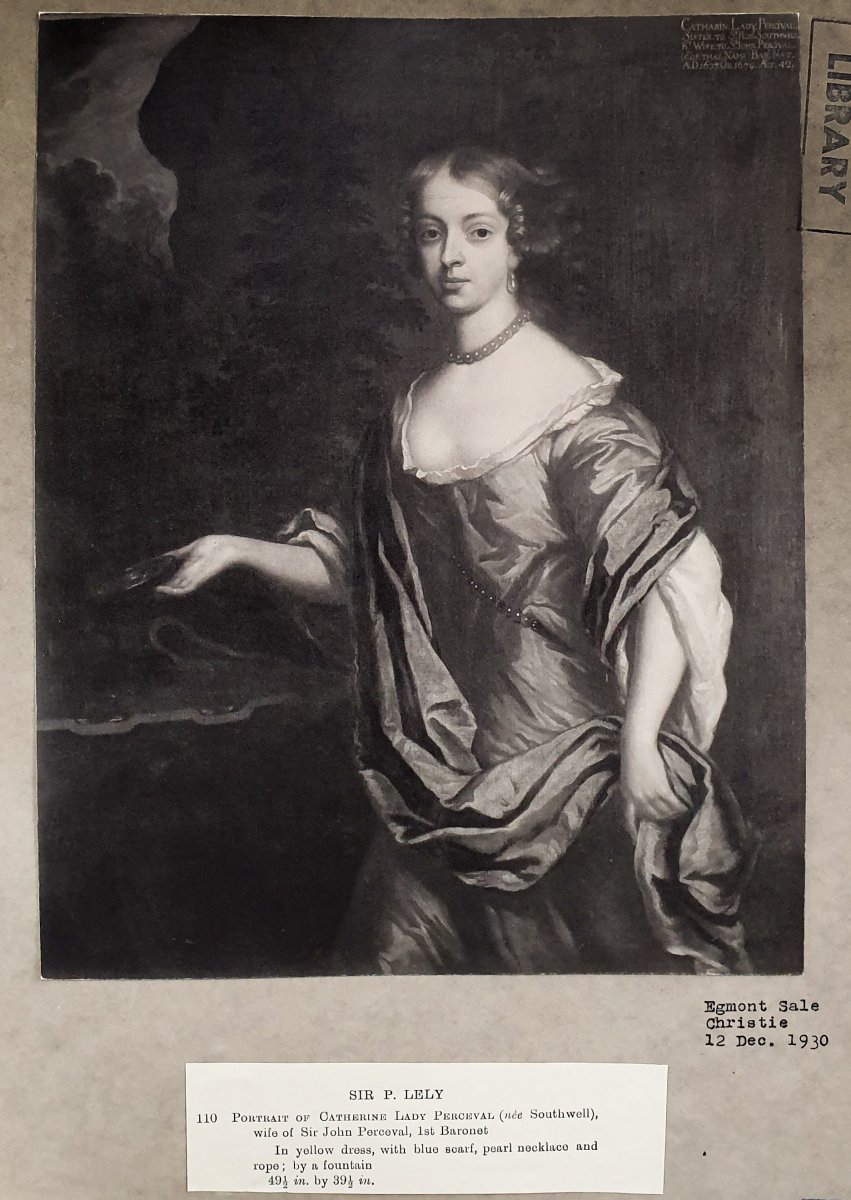
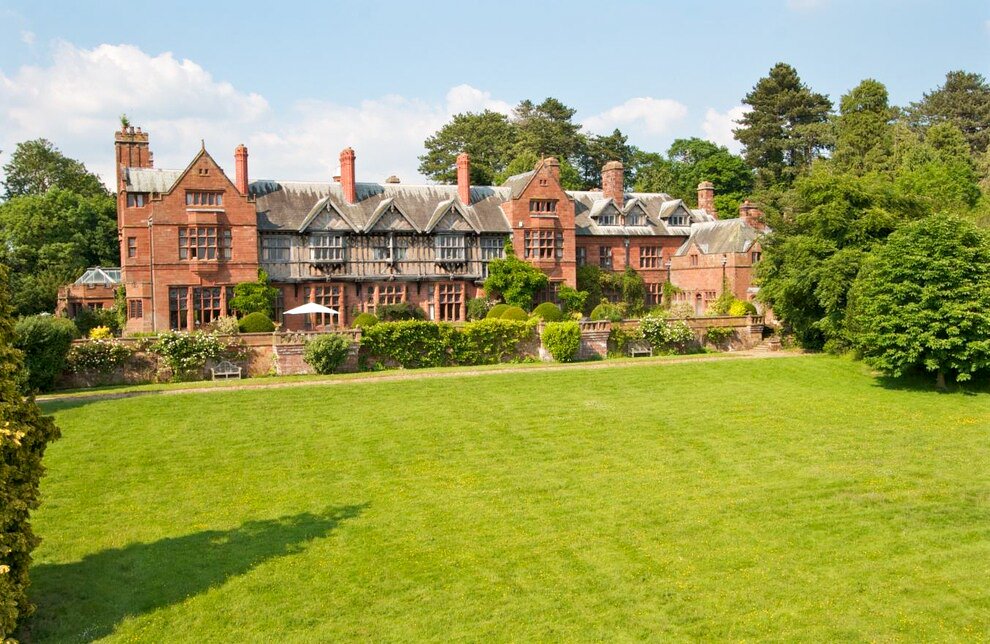
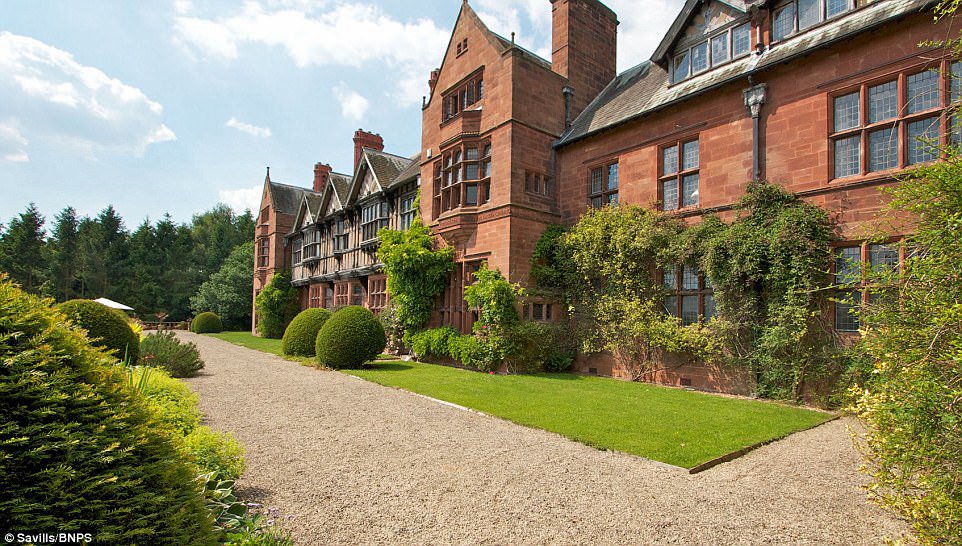
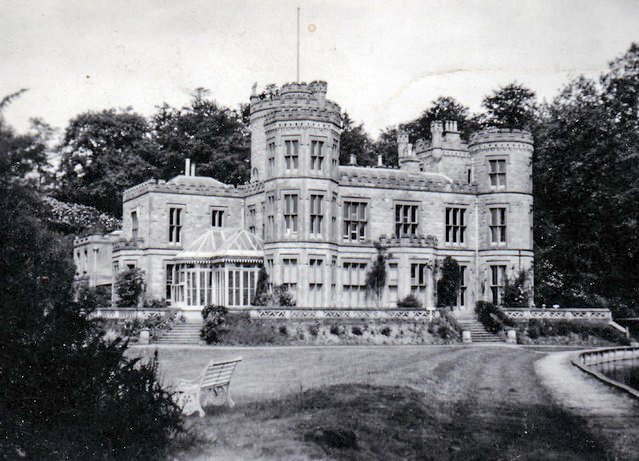





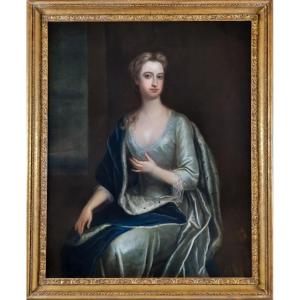
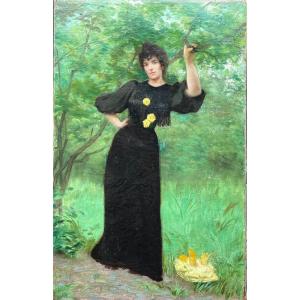

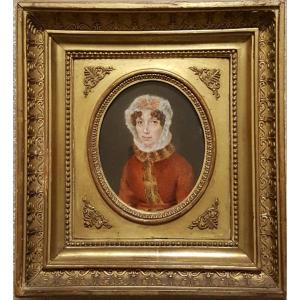
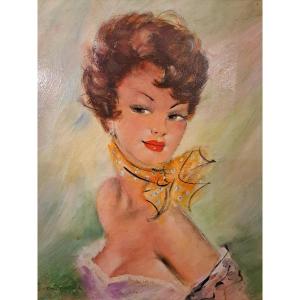





 Le Magazine de PROANTIC
Le Magazine de PROANTIC TRÉSORS Magazine
TRÉSORS Magazine Rivista Artiquariato
Rivista Artiquariato
